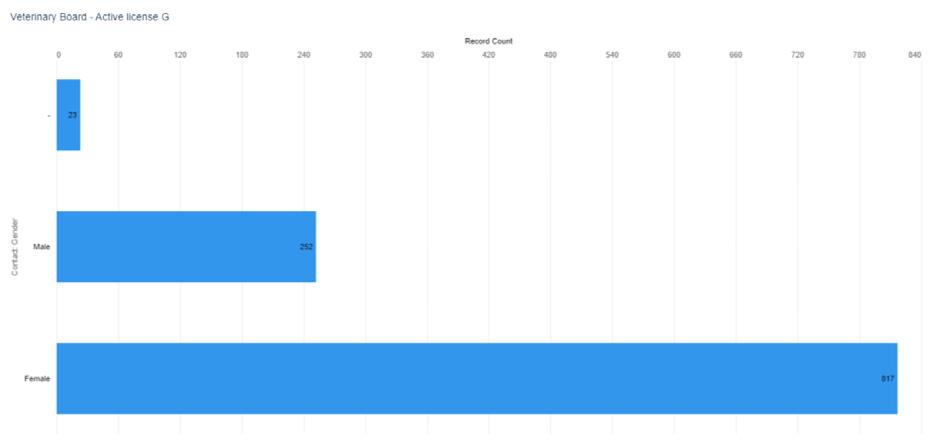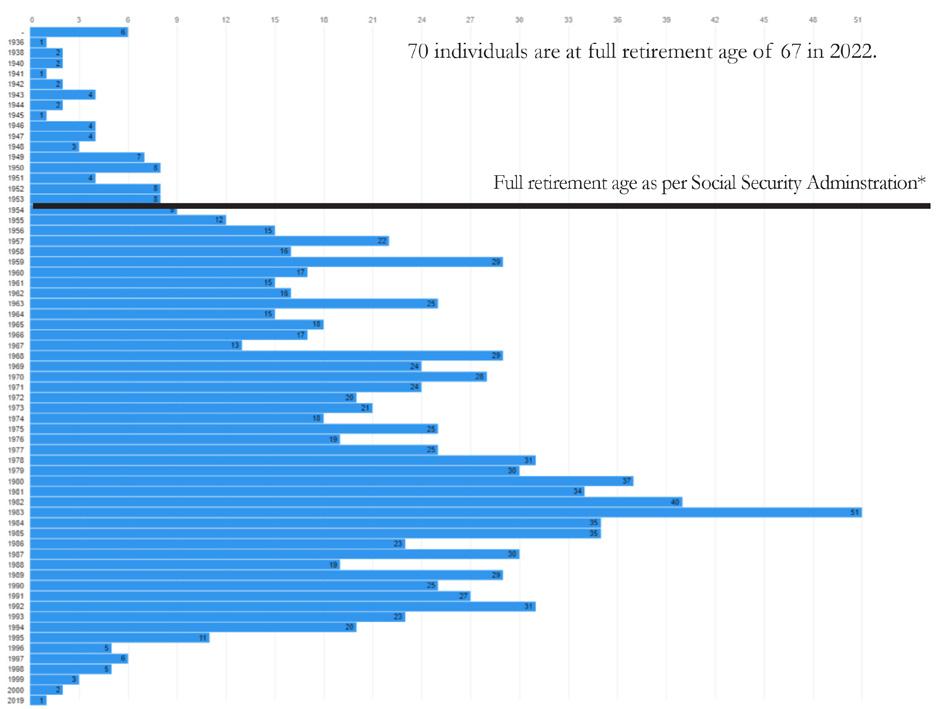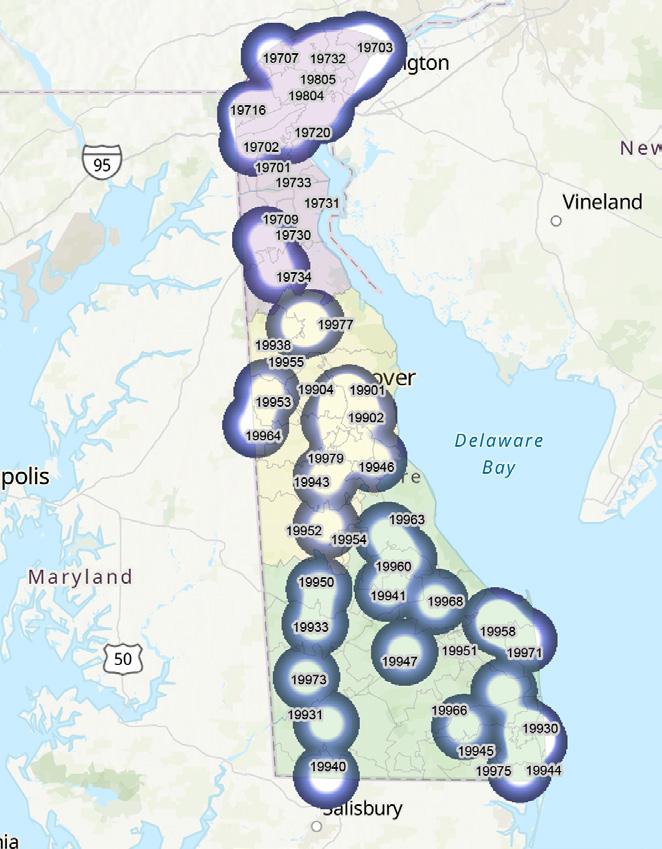
2 minute read
Board of Veterinary Medicine
from DJPH - Delaware's Healthcare Workforce
by Delaware Academy of Medicine and the Delaware Public Health Association
The primary objective of the Delaware Board of Veterinary Medicine is to protect the public from unsafe practices and practices which tend to reduce competition or fix prices for services. The Board must also maintain standards of professional competence and service delivery. To meet these objectives, the Board • develops standards for professional competency, • promulgates rules and regulations, • adjudicates complaints against professionals and, when necessary, imposes disciplinary sanctions. The Board issues licenses to veterinarians and veterinary technicians, including temporary licenses (see figures 1-5). The Board’s statutory authority is in 24 Del. C., Chapter 33.
VETERINARIAN
Veterinarians care for the health of animals and work to protect public health. They diagnose, treat, and research medical conditions and diseases of pets, livestock, and other animals.1
VETERINARIAN TECHNICIAN
In addition to helping veterinarians during animal exams, veterinary technologists and technicians do a variety of clinical, care, and laboratory tasks. Veterinary technologists and technicians who work in research-related jobs ensure that animals are handled carefully and are treated humanely. They may help veterinarians or scientists on research projects in areas such as biomedical research, disaster preparedness, and food safety.2
Figure 1. Active Veterinary Practitioner Licenses by Type*, N=1,092
* an active license does not guarantee an individual is actively seeing patients.
Figure 3. Active Veterinary Practitioner Licenses by Birth Year
Note. Six individuals did not provide a year of birth
* According to the Social Security Administration “Full retirement age is the age when you can start receiving your full retirement benefit amount. The full retirement age is 66 if you were born from 1943 to 1954. The full retirement age increases gradually if you were born from 1955 to 1960, until it reaches 67. For anyone born 1960 or later, full retirement benefits are payable at age 67.”



Figure 5 shows most, but not all, ZIP codes due to scaling limitations. Hot spots are employed to bring perspective to viewing the overall map and distribution of healthcare professionals and should not be interpreted has valuing value without referring to the numbers listed in the chart above.
Figure 5. Visual Distribution of Active Veterinary Practitioner Licenses by ZIP code

REFERENCES
1. US Bureau of Labor Statistics. (2022, Aug). What veterinarians do. Occupational Outlook Handbook.
Retrieved from: https://www.bls.gov/ooh/healthcare/veterinarians.htm#tab-2 2. US Bureau of Labor Statistics. (2022, Aug). What veterinary technologists and technicians do. Occupational Outlook Handbook.
Retrieved from: https://www.bls.gov/ooh/healthcare/veterinary-technologists-and-technicians.htm#tab-2





